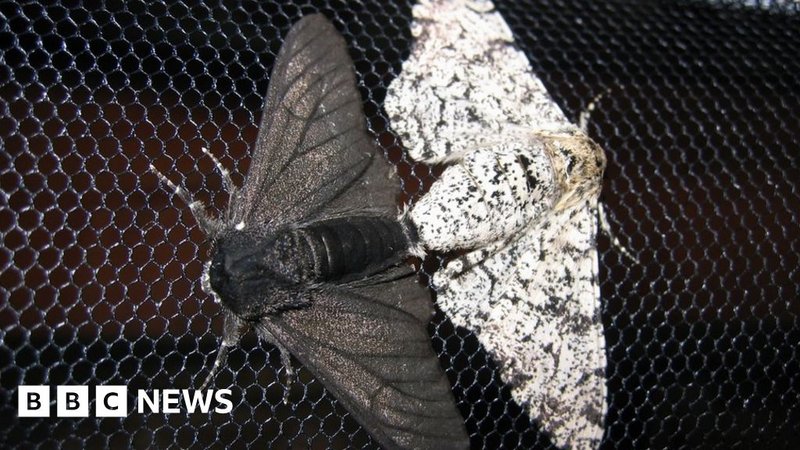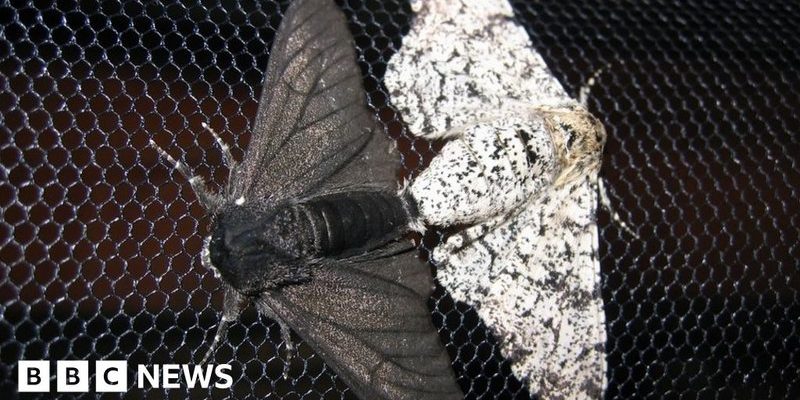
So, grab a cup of coffee, and let’s take a moment to dive into the complex relationship between climate change and our moth friends. Just like the way a remote needs batteries to function properly, moths need stable environmental conditions to thrive. When those conditions change, it’s not just the moths that suffer; the whole ecosystem feels the effects.
Understanding Moths and Their Role in the Ecosystem
Moths, unlike their more glamorous butterfly cousins, often don’t get the respect they deserve. They are part of a group known as *Lepidoptera*, which also includes butterflies. These creatures have fascinating lives that revolve around their role in the ecosystem. Moths are vital pollinators for many plants, including some crops that people rely on for food.
You might be surprised to learn that around 90% of flowering plants depend on animal pollinators, and moths contribute significantly to that number. As nighttime pollinators, they help keep the balance of plant reproduction, which in turn supports various animal species. Imagine a world where we have no fruits or vegetables because the moths who help pollinate them are disappearing. That’s a scary thought!
These little creatures are also an essential food source for bats, birds, and other wildlife. By serving as a link in the food chain, moths help maintain a healthy ecosystem. But with climate change putting pressure on their habitats, it’s important to understand exactly what’s happening.
How Climate Change Disrupts Moth Habitats
So, what exactly is happening to moths because of climate change? Simply put, climate change alters their living environments. Rising temperatures change the conditions that moths have adapted to over thousands of years. For instance, warmer temperatures can lead to a mismatch in timing between when plants bloom and when moths are active.
Here’s how that works: if a plant blooms earlier due to warmer weather, but the moths that pollinate it haven’t emerged yet, those plants might not get the pollination they need. This mismatch can result in fewer plants producing seeds, ultimately affecting entire ecosystems. If we start losing plants, we also risk losing the animals that depend on those plants for food.
Additionally, moths’ preferred habitats are shifting. Some species are moving to cooler areas, like higher altitudes or latitudes, in search of the temperatures they thrive in. This migration means they could be leaving their traditional homes, which can disrupt local ecosystems.
Species at Risk: The Vulnerable Moths
Not all moth species are affected equally by climate change. Some are more vulnerable than others, especially those that have specific habitat requirements or limited ranges. For example, the iconic Luna moth is facing threats from both habitat loss and climate changes.
The Luna moth prefers wooded areas, where it relies on certain trees for food during its larval stage. If these trees start to decline or migrate, so do the Luna moths. They can’t just adapt overnight; it takes generations. Meanwhile, species that are more adaptable, like the common *miller moth*, might find new homes with less difficulty.
Imagine it like a game of musical chairs. When the music stops, some moths will find a place to sit, and others will be left standing. The extinction of vulnerable moth species can have long-lasting impacts on the food chain and ecosystem health.
Understanding Moth Life Cycles and Climate Change
The life cycles of moths can also be affected by climate change. Most moths go through four stages: egg, larva (caterpillar), pupa (cocoon), and adult. Temperature changes can speed up or slow down these stages, which might not align with their food availability.
For instance, if it gets too hot, moths may develop too quickly and emerge before their preferred food sources are ready. Alternatively, if temperatures drop unexpectedly, eggs or larvae might not survive to adulthood. It’s a tricky balance, and even slight shifts in climate can throw that off.
Moreover, the timing of life cycles is crucial for reproduction. If moths can’t find mates or food at the right time, their populations can dwindle rapidly. Here’s where it gets truly concerning: the cascading effects from these problems can eventually lead to population declines.
The Importance of Biodiversity and Moth Conservation
With all this talk about climate change and its effects, it’s vital to understand the importance of biodiversity. Moths, and the many species they interact with, contribute to a healthy ecosystem. When we lose even one species, it can set off a chain reaction that impacts many others.
Conserving moth habitats is critical, not just for the moths but for the broader environment they support. Protecting natural areas, planting native plants, and reducing pesticide use can help create safer spaces for moths. Community efforts and education also play a big role in moth conservation.
You might consider getting involved! Simple actions like creating a moth-friendly garden can make a difference. Think about planting night-blooming flowers that attract moths or leaving some areas of your garden untidy to provide shelter. It’s like setting up a welcome mat for them!
What Can We Do to Help Moths Survive?
You might be wondering, “What can I do to help moths in a world affected by climate change?” There’s good news! Everyone can make small changes that can help support moth populations.
Here are some ideas:
- Plant native species: Choose plants that are native to your area, as they provide the right food and environment for local moths.
- Avoid pesticides: Chemicals can be harmful to moths and their larvae. Opt for natural pest control methods whenever possible.
- Create habitats: Leaving areas of your garden wild can provide shelter and breeding grounds for moths.
- Raise awareness: Talk about the importance of moths with friends and family. The more people know, the more support we can rally.
Honestly, even the smallest efforts can lead to big impacts. By fostering a friendly environment for these creatures, you’ll not only help moths but also contribute to the health of your local ecosystem.
In the grand scheme of things, moths may seem like just another part of nature. But as we’ve seen, they’re an integral piece of the ecological puzzle. The impacts of climate change on moths ripple outward, affecting everything from plant reproduction to the animals that rely on them.
As individuals, we can support these beautiful creatures by being mindful of our actions and choices. Every effort counts, whether it’s creating a moth-friendly garden or learning more about biodiversity. So, the next time you see a moth fluttering by, remember its vital role in the ecosystem and consider how you can help. Together, we can make a difference one small step at a time.

